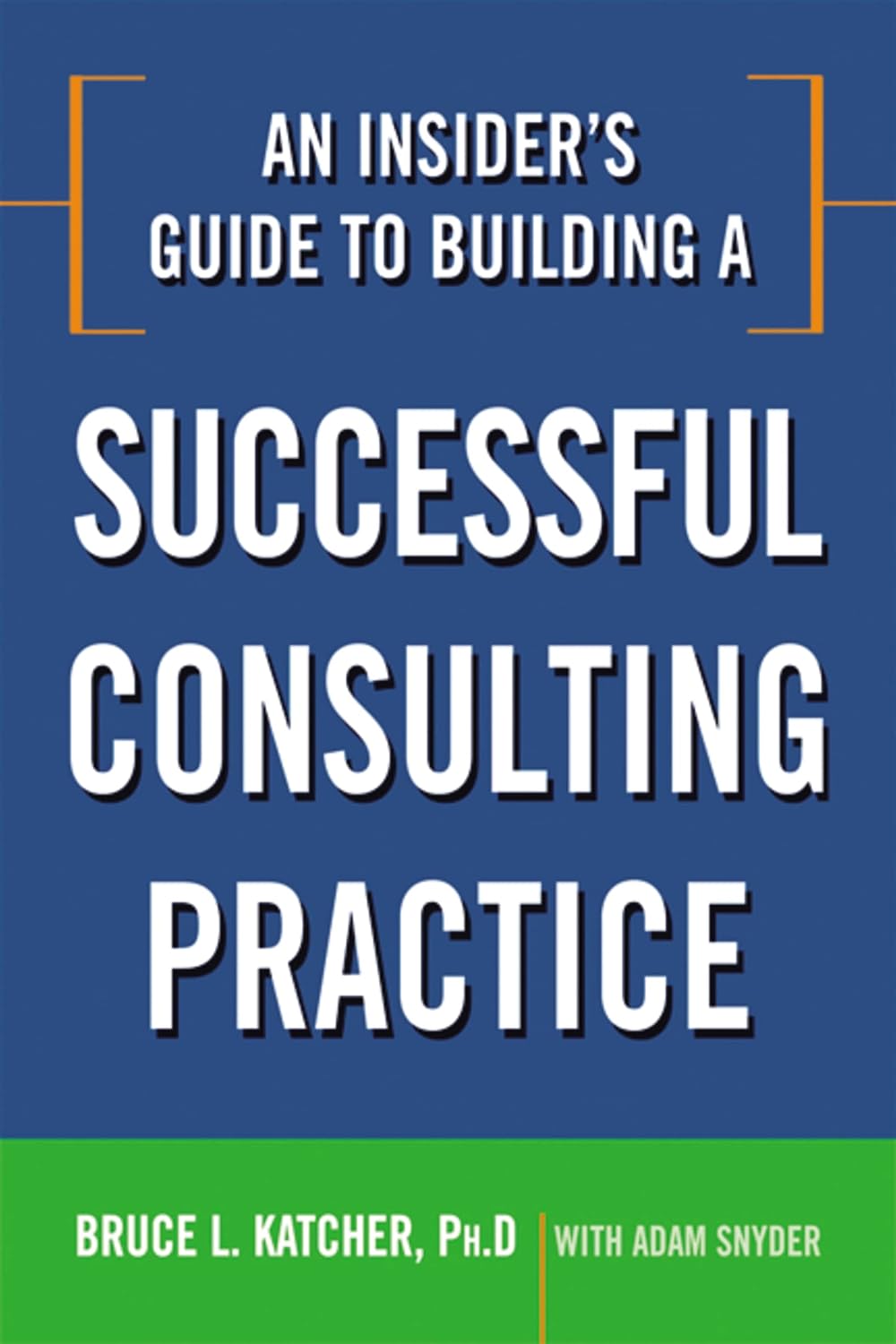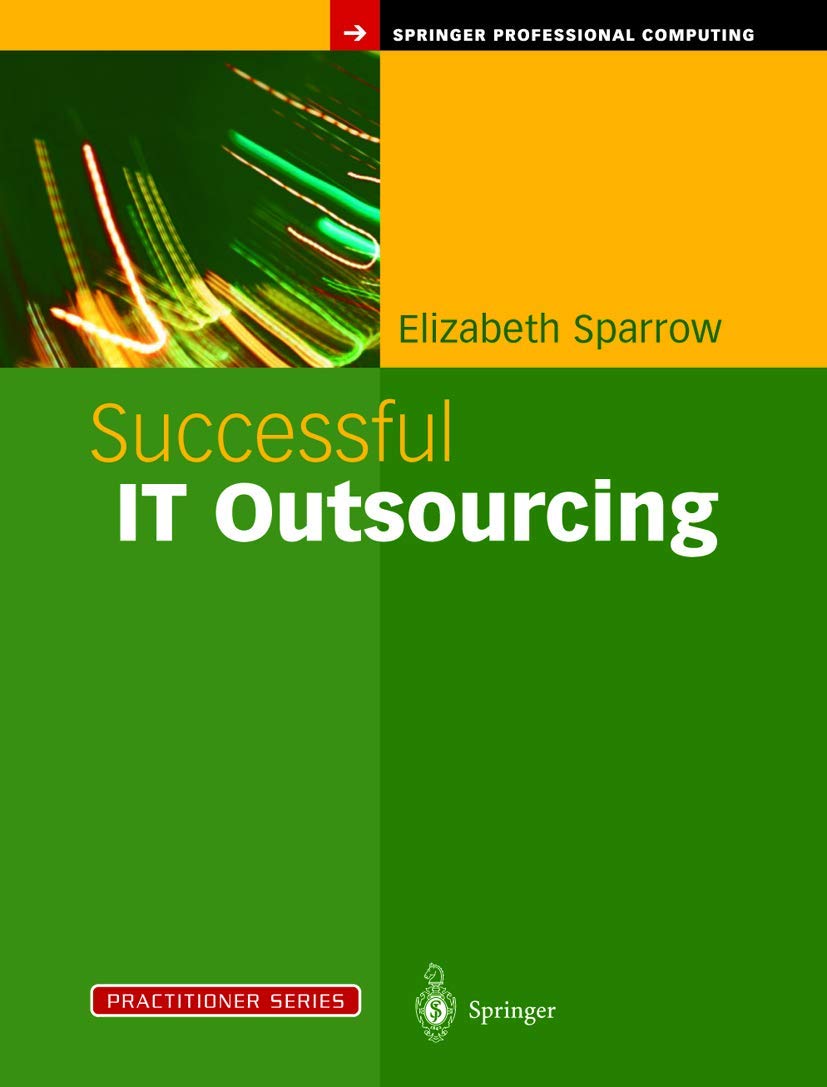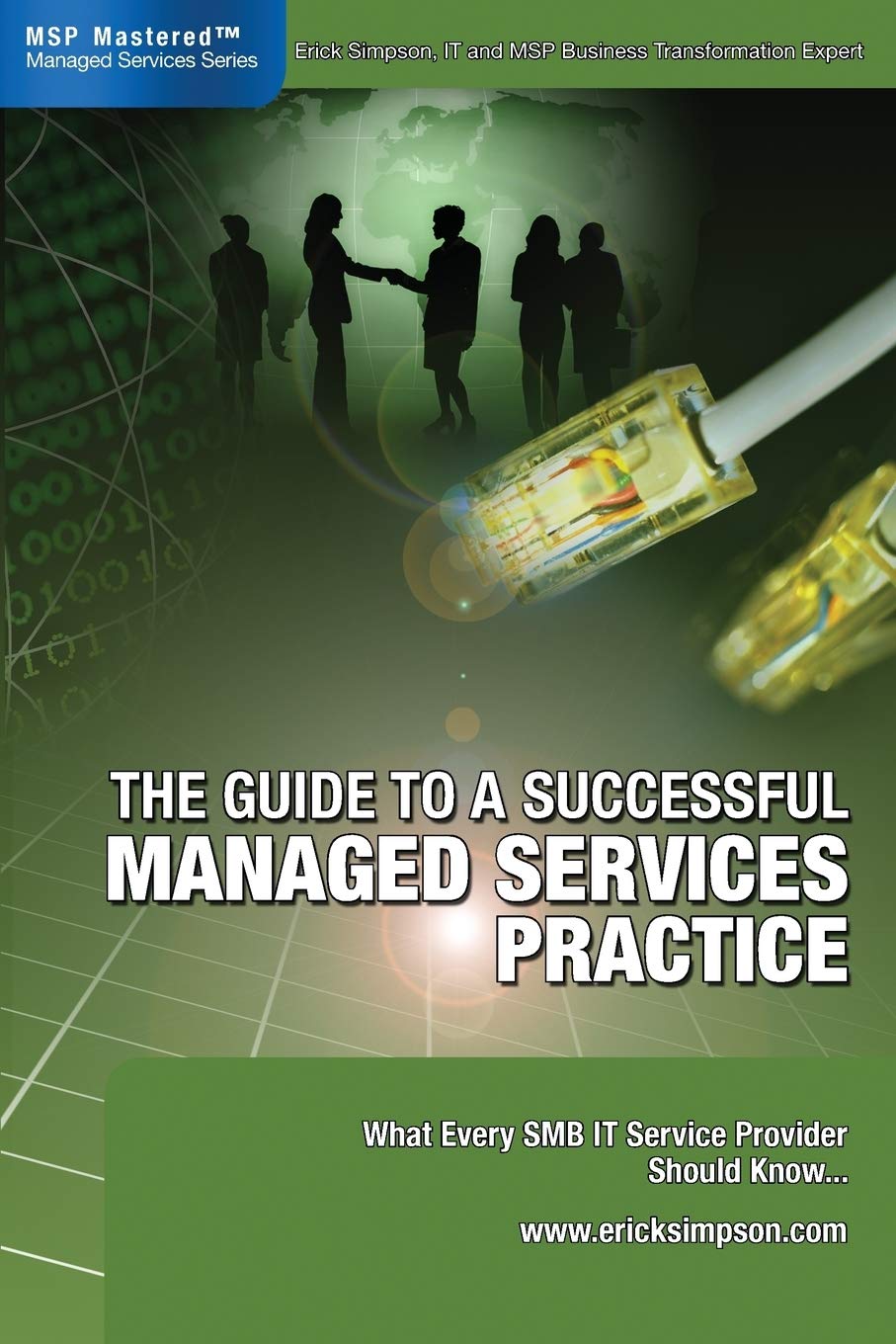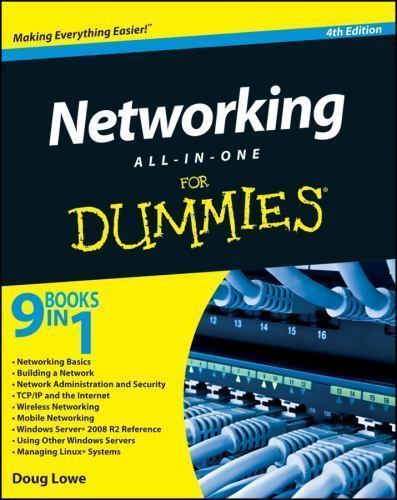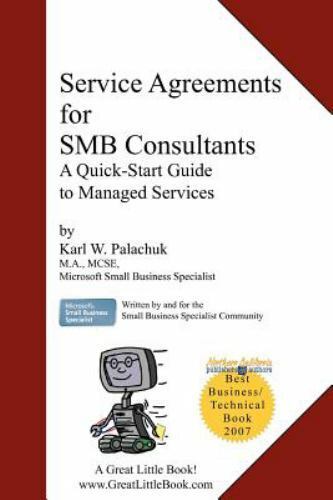In today’s digital age, data centers play a crucial role in the functioning of businesses and organizations. These facilities are responsible for storing, processing, and managing vast amounts of data, making them essential for maintaining operations and ensuring business continuity. However, data centers can also be significant sources of energy consumption and operational costs. As such, enhancing data center operational efficiency has become a top priority for many organizations.
One effective way to improve data center operational efficiency is by implementing successful case studies and best practices. By learning from the experiences of others, organizations can identify and adopt strategies that have proven to be effective in reducing costs, improving performance, and increasing sustainability. In this article, we will explore some successful approaches to enhancing data center operational efficiency through case studies.
Case Study 1: Virtualization and Consolidation
One common approach to enhancing data center operational efficiency is through virtualization and consolidation. By consolidating servers and applications onto fewer physical machines and virtualizing resources, organizations can reduce hardware and energy costs, improve resource utilization, and increase flexibility and scalability.
A prime example of this approach is the case study of a global financial services company that implemented server virtualization and consolidation across its data centers. By consolidating servers and virtualizing resources, the company was able to reduce its server footprint by 70%, leading to significant cost savings on hardware, power, and cooling. The company also reported improved performance and agility, as well as reduced downtime and better disaster recovery capabilities.
Case Study 2: Data Center Infrastructure Management (DCIM)
Another successful approach to enhancing data center operational efficiency is through the implementation of Data Center Infrastructure Management (DCIM) software. DCIM solutions provide organizations with real-time visibility and control over their data center infrastructure, allowing them to monitor and optimize energy usage, space utilization, and cooling efficiency.
A notable case study is that of a leading technology company that deployed a DCIM solution to optimize its data center operations. By using the software to monitor and analyze their infrastructure, the company was able to identify and eliminate inefficiencies, improve energy efficiency, and reduce operational costs. The DCIM solution also enabled the company to plan for future growth and capacity requirements, leading to better resource allocation and utilization.
Case Study 3: Green Data Center Design
One increasingly popular approach to enhancing data center operational efficiency is through the design and construction of green data centers. Green data centers are designed to be energy-efficient, environmentally friendly, and sustainable, using technologies such as free cooling, renewable energy sources, and high-efficiency equipment.
A compelling example of this approach is the case study of a multinational technology company that built a green data center to support its growing operations. The company incorporated energy-efficient design principles, such as hot aisle containment, free cooling, and renewable energy sources, into the construction of the facility. As a result, the green data center achieved significant energy savings, reduced carbon emissions, and improved operational efficiency compared to traditional data centers.
In conclusion, enhancing data center operational efficiency is essential for organizations looking to optimize performance, reduce costs, and increase sustainability. By learning from successful case studies and best practices, organizations can implement strategies that have proven to be effective in improving data center efficiency. Whether through virtualization and consolidation, DCIM software, or green data center design, there are numerous approaches that organizations can take to enhance their data center operations and achieve greater efficiency.



